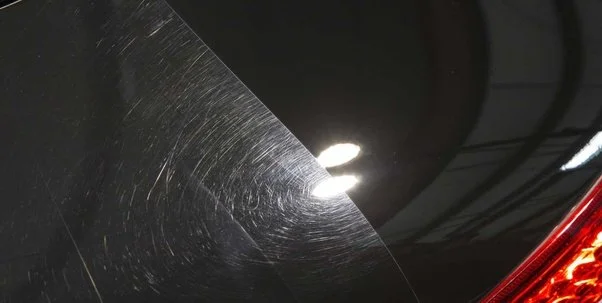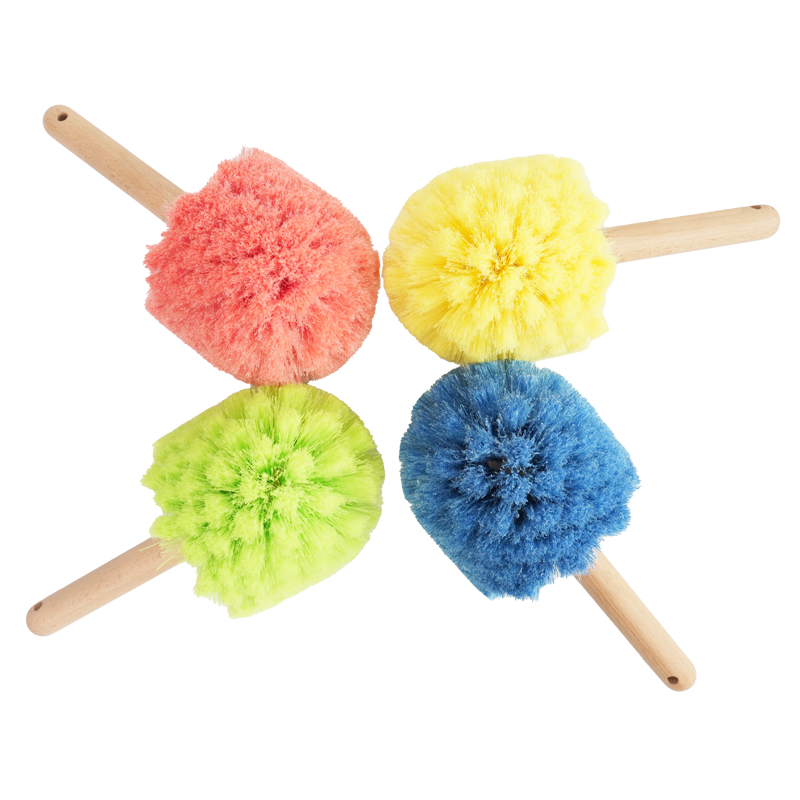Self-Producing Factory-Professional Manufacturer
Do Car Wash Brushes Scratch Paint?
Oct 13,2025

Introduction
In the automotive cleaning industry, one of the most frequently asked questions is: “Do car wash brushes scratch paint?” While brushes are essential tools in both manual and automatic car washing, the type of brush, the way it’s used, and how it’s maintained can significantly affect a vehicle’s paint surface.
This article examines the mechanics behind paint scratches, evaluates industry perspectives, and highlights best practices for selecting high-quality car wash brushes. As a leading industrial brush manufacturer, Lianxin Brush brings decades of expertise to this topic, helping B2B partners choose the right solutions for professional car wash systems.
1. Understanding How Paint Gets Scratched
Modern automotive paint typically consists of three layers:
Primer
Base coat
Clear coat (the transparent protective layer)
The clear coat protects against UV rays, chemicals, and minor abrasions. However, it can be scratched if hard particles (like sand or metal debris) get trapped between the brush and the paint surface during washing. This is a common source of swirl marks or micro-scratches.
Even if a brush is made of soft bristles, improper use—such as excessive pressure, inadequate pre-rinsing, or contaminated brush heads—can lead to visible or microscopic paint damage.
2. What Industry Experts Say
Across detailing communities, car wash equipment suppliers, and auto body experts, the consensus is clear: brushes can cause scratches under certain conditions.
BClean Detailing emphasizes that traditional brushes can create swirl marks if not properly maintained.
Auto Detail Doctor warns that automatic car wash brushes often accumulate grime, acting like sandpaper on clear coats.
Maaco notes that large rotating brushes can damage fresh paint if used too soon.
Meguiar’s Detailing Forum advises against using shared public brushes due to contamination risks.
Dultmeier, a leading brush supplier, differentiates between standard and “scratch-free” bristle options, showing the industry’s focus on material quality.
These insights highlight that the brush itself is not the sole problem—maintenance, material selection, and operational procedures are key.
3. Comparing Different Types of Car Wash Brushes
| Brush Type | Material | Advantages | Potential Risks |
|---|---|---|---|
| Standard Nylon Brushes | Hard nylon | Cost-effective, efficient | Can trap debris and cause scratches |
| Foam-encased Brushes | Foam around core | Gentle surface contact | Foam degradation may reduce protection |
| Microfiber / Lambswool Brushes | Ultra-soft fibers | Ideal for delicate paint | Require regular cleaning |
| Soft Cloth Strips (Tunnel Systems) | Flexible synthetic cloth | Low abrasion | Contamination still a risk |
| Natural Bristle (e.g., Hog’s Hair) | Soft natural fibers | Good balance between cleaning & safety | Must be kept clean to remain “paint safe” |
At Lianxin Brush, we design and manufacture a variety of customized car wash brushes, including soft bristle, foam-core, and industrial tunnel brushes, to meet different B2B operational needs while minimizing paint damage.
4. Real-World Evidence: Micro vs. Macro Scratches
Many operators report that after repeated use of low-quality or poorly maintained brushes, cars exhibit fine swirl marks under bright lighting. While these marks may not be visible at first glance, they degrade the vehicle’s finish over time, affecting both appearance and perceived value.
Professional car wash operators understand that investing in the right brush systems reduces customer complaints, improves service reputation, and lowers maintenance costs for polishing or paint correction.
5. Key Factors That Influence Scratch Risk
Brush Cleanliness – Contaminated brushes are the number one cause of scratches.
Bristle Material & Design – Soft, high-density fibers reduce abrasion.
Contact Pressure – Excessive mechanical pressure increases scratch likelihood.
Pre-Rinsing Procedures – Removing loose dirt before brushing minimizes embedded particles.
Maintenance Cycles – Regular inspection and replacement keep brushes effective and safe.
6. Best Practices for B2B Car Wash Operations
To reduce paint damage risks, professional operators should:
Use soft or scratch-free brushes designed for vehicle exteriors.
Implement routine cleaning and inspection of brush systems.
Pre-rinse vehicles to remove dirt before mechanical brushing.
Calibrate automatic systems to ensure consistent, gentle contact pressure.
Establish brush replacement schedules to avoid worn bristles causing damage.
As a manufacturer with over 30 years of experience, Lianxin Brush works with car wash system integrators, equipment distributors, and OEMs worldwide to deliver high-performance, low-abrasion brush solutions.
7. Conclusion
Car wash brushes do not inevitably scratch paint, but the risk is real if inferior brushes or poor washing practices are used. For B2B operators, choosing the right brush technology, maintaining equipment properly, and following industry best practices are essential to protect vehicle finishes and maintain customer trust.
For professional-grade car wash brushes designed to deliver efficient cleaning without compromising paint quality, visit www.lianxinbrush.com.
Hot Tags:
PREVIOUS:
Contact Us
CEO: Alan
Email: alan@virostech.com
Phone: +86-15215693689
Sales Manager: Edith
Email: Edith@virostech.com
Phone: +86-15215693689









